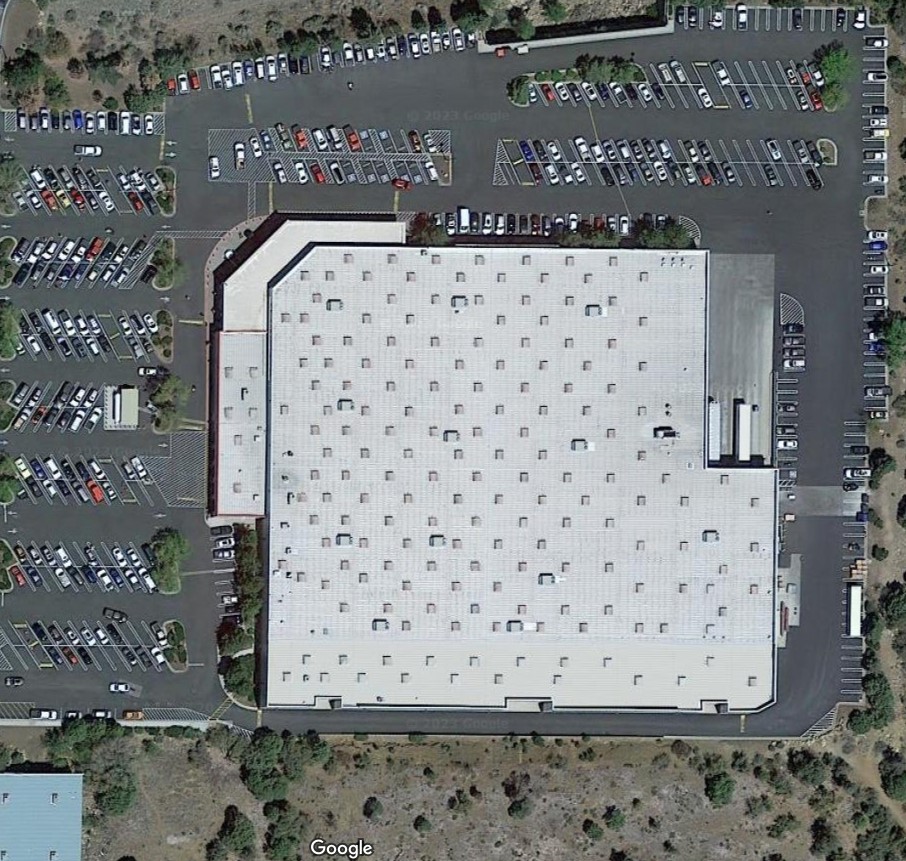

Mid-Summer Gardeners. What You Should Be Doing Now.
As we approach early to mid-summer in the North Central Highlands of Arizona, we see a major increase in dry heat; high temps usually around June cresting occasionally into the low 100’s but usually low to mid 90 degrees. The desert mountains still have a large temperature swing between night and day, but low temps generally stay above 55 to 60 degrees. This is favorable for heavy vegetative green growth, but temperatures above 95 degrees tend to minimize flowering and fruit set under heat stress. 
All this to say, WATER! By now you are figuring out which areas of your garden are not getting all the right water or nutrients and should be watering by hand or adjusting your watering systems. In the middle of dry summer heat, we prioritize giving special attention to plants, pots, or garden areas that are performing poorly or dying.
One simple strategy to deal with this attrition is “plan for it”. If a plant is weak and having problems already, then too much sun and too little water may be the end of that plant. In this case it’s best just to pull the plant, refresh the soil and plant a replacement. (Time to move on.) . In midsummer you can sow seeds or new seedlings all season directly in the ground to create a steady flow of healthy plant replacements.
Next, WEEDS! How to deal with the infernal weeds? This is a reminder that gardeners are to “manage” their ecosystems. We never recommend chemical poisons for organic garden beds, so that leaves us with one option. Pull those weeds! Pull them daily while they are small. Pull them before they flower and dump seed. Use a hula hoe or tined fork to break up the soil and remove the weeds. You will thank yourself for taking a little time each day to clean up one area.
Please note that while weeds may be irksome to deal with, they are doing a job in your garden putting down happy roots to participate in the microbiome you are creating by keeping your soil moist and covered with a mulch. These are ideal conditions in which any plant should thrive. But since we can’t have the weeds stealing all the nutrients from our vegetable crops we remove them via steady maintenance to keep from being overwhelmed. Throw them to the chickens or the compost pile to burn out the seeds and roots that will spread.
Cover your pathways in the garden with fresh wood chips to inhibit unwanted growth. We water the entire surface of the ground (as we have found in Arizona it’s just too dry). So we water the pathways too. Why? Because whatever seeds have blown in will take root easily, thereby identifying their locations for you to patrol and pick.
Surely you have noticed when the monsoon rains begin, all the plants in your yard go crazy, including the weeds. The best time to go heavy on the weeding is after a monsoon storm or heavy watering. The second best time is EVERY DAY.
In order to keep my strawberry beds happy and weed free I regularly fight the battle with bindweed, digging down to pull up entire systems of weblike roots while being careful to not bother the strawberry root systems. The plants seem to appreciate the boost in available nutrients, not being used by the bindweed. It’s all maintenance.
 If you notice plants in your garden not performing well, it may be time to test your soil in that area or that pot (down at the root level – 4 to 6 inches deep) to determine if you are missing the basics. Depending on results you can select an organic N P K fertilizer with the appropriate numbers which you are trying to increase.
If you notice plants in your garden not performing well, it may be time to test your soil in that area or that pot (down at the root level – 4 to 6 inches deep) to determine if you are missing the basics. Depending on results you can select an organic N P K fertilizer with the appropriate numbers which you are trying to increase.
You can side-dress with Blood Meal for nitrogen, Bone Meal for calcium and phosphorus, Diatomaceous Earth for calcium and magnesium. I would be remiss if I did not mention every two weeks an application of Fish Emulsion. Using a hose attachment we target the plant root zones with fish emulsion and then we water it in with fresh water.
Lastly, it’s time to get in there (with long sleeves) and start harvesting your early fruits. While you are in there you should have your tools nearby to remove bug pests and do some pruning of the plants that are getting out of control. Most importantly, bring those harvested veggies in the house and cook ’em up and eat ‘em up! That’s the whole point right? Happy Gardening. 🙂


